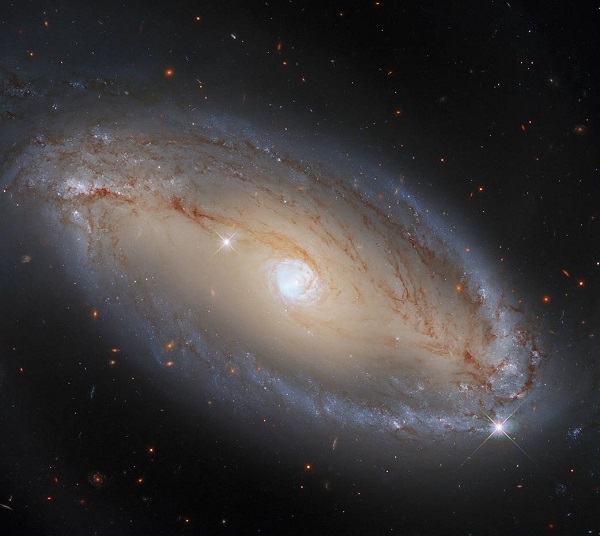Washington, (Samajweekly) The Hubble team successfully recovered the Advanced Camera for Surveys instrument and it has started taking science observations once again, after facing a glitch.
On October 23, the joint mission of NASA and the European Space Agency, the science instruments on Hubble Space Telescope issued error codes unexpectedly, indicating the loss of a specific synchronisation message. As a result, the science instruments entered a safe mode configuration on October 25, while NASA continued investigating.
“The camera was selected as the first instrument to recover as it faces the fewest complications should a lost message occur,” NASA said.
Over the past week, the mission team has continued investigating the root cause of the synchronisation issues and has seen no additional problems.
“The team will continue looking into possible short-term solutions this week and develop estimates for implementation,” NASA said. The team next aims to return “the other instruments to operational status and resume their science observations”.
The Hubble team is focusing its efforts to isolate the problem on hardware that commands the instruments and is part of the Science Instrument Command and Data Handling Unit.
Specifically, the team is analysing the circuitry of the Control Unit, which generates synchronisation messages and passes them onto the instruments.
While analysing the Control Unit, the team is working to identify potential workarounds for the issue.
These include possible changes to instrument flight software that could check for these lost messages and compensate for them without putting the instruments into safe mode.
Hubble, launched in 1990, has contributed to some of the most significant discoveries of our cosmos, including the accelerating expansion of the universe, the evolution of galaxies over time, and the first atmospheric studies of planets beyond our solar system.
Its mission was to spend at least 15 years probing the farthest and faintest reaches of the cosmos, and it continues to far exceed this goal.










